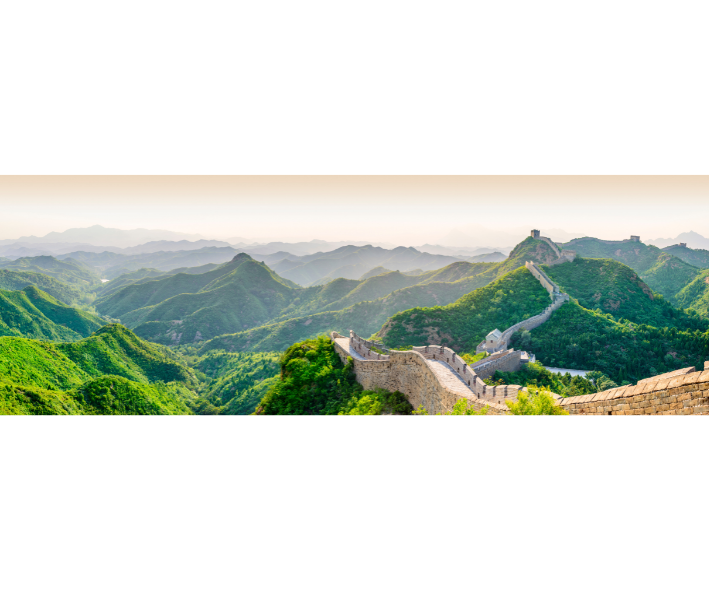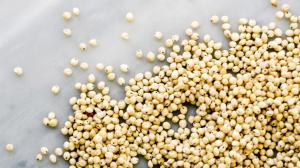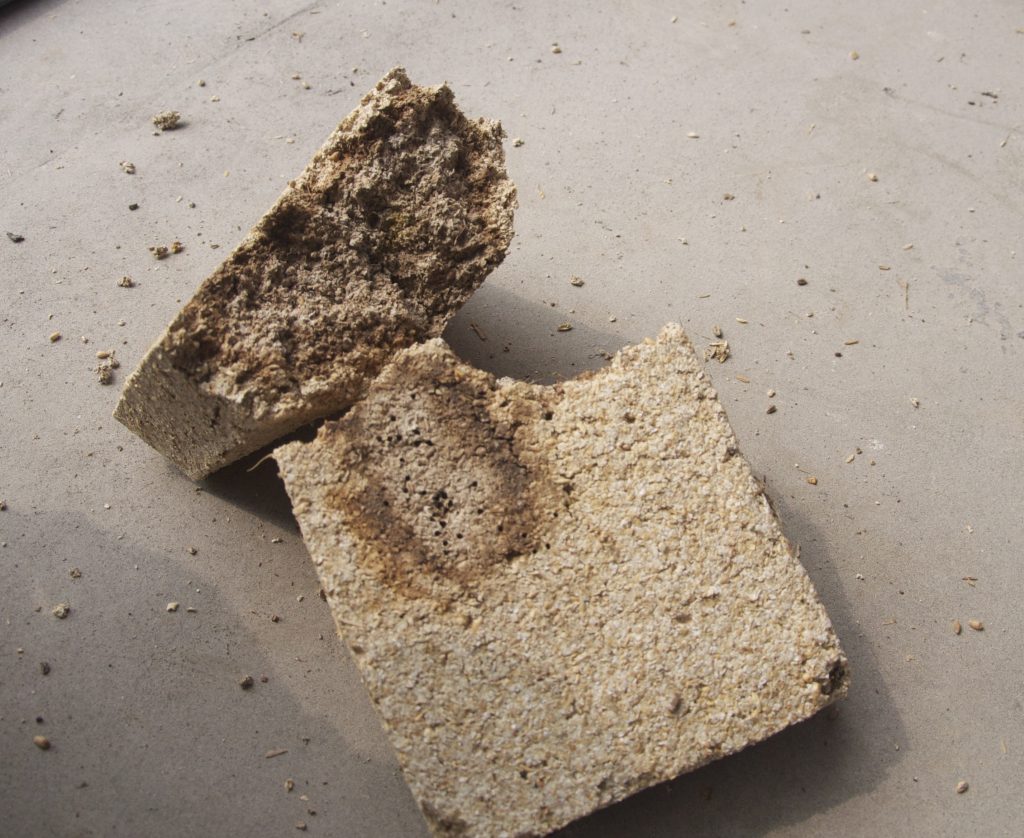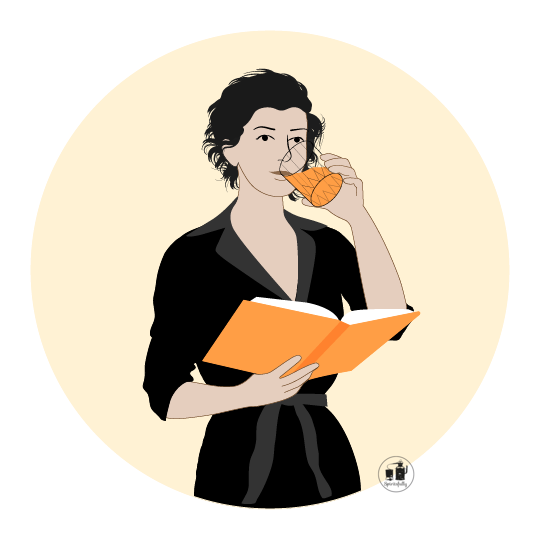All you need
to know about
Baijiu 白酒
in a nutshell
BAIJIU, also known as shaojiu, is a category of Chinese spirit. It means literally: white (clear) liquor.
The geography of Baijiu
In Korea. And like Baijiu, despite being the other world most consumed alcohol, it is rarely exported or drunk outside of Korea or the Korean communities.Baijiu is to be found in China. This is also where it is mostly consumed (95% of the production is consumed in China). On a separate note, this is one of the most drunk spirit in the world, given the scale of China, and that most of Westerners never heard of. This is of course not gonna be your case.In Korea. And like Baijiu, despite being the other world most consumed alcohol, it is rarely exported or drunk outside of Korea or the Korean communities.

The history of Baijiu
The exact origins of baijiu are unclear. Long before baijiu came into existence, Chinese people brewed and distilled alcoholic beverages, but we don’t know at which point the spirits and wines mentioned in ancient texts evolved into what we call baijiu. In terms of technology, methods for distilling alcohol into spirits have existed as early as the Eastern Han dynasty (25-220 CE). Going further back, oracle bone inscriptions dating to the Shang dynasty (1600-1046 BCE) refer to a drink called li, which scholars surmise to be a sweet, fermented beverage somewhat similar to beer. During the Tang dynasty (618-907 CE), poets such as Li Bai mentioned a spirit called shaojiu in their writings. It’s possible that shaojiu’s distillation techniques and ingredients were similar to baijiu, but we can’t be sure.
A Song dynasty text dating to 982 CE describes a distillation method using wheat and barley that also exactly resembles the modern day approach to making baijiu. However, it wasn’t until the Yuan dynasty (1271–1368) that we know for sure that baijiu was widely consumed in China.
Despite its murky origins, baijiu is prominently referenced in Chinese art and texts through the ages. In addition, there are two primary folk legends surrounding the invention of baijiu:
The first is the legend of Yi Di. According to this tale, a consort of Yu the Great — a ruler from the mythical Xia dynasty (2070 – 1600 BCE) — commanded Yi Di, an imperial subject, to create a new type of wine or liquor. Yi Di then created baijiu, which the consort promptly offered to her lover. The king liked it so much that he decreed that future generations should be able to enjoy it for time immemorial.
The second legend concerns a man named Du Kang, who lived during the Zhou dynasty (1046-256 BCE). Du Kang was an exile who lived in the forest with his uncle. One day, Du Kang hid some sorghum in the hole of a tree. When he and his uncle returned to it a few weeks later, they noticed a beautiful and fragrant smell coming from the hole. They found that the sorghum had mixed with rainwater and fermented, transforming the liquid into a spirit — and thus, baijiu was accidentally born. To this day, Du Kang’s name is invoked to describe a superlative baijiu.
Another history to read on that website with beautiful illustrations.
* source: this text is adapted from that text.
How is Baijiu made?
Like the category of whisky, the ingredients and techniques deployed in the process vary from region to region but there are common points.
Baijiu is mostly made from sorghum

It is made from:
– sorghum (sorgho) for the vast majority
– rice
– glutinous rice
– wheat
– barley
– millet
The base material has a real impact of the final taste of the spirit.
The fermentation of Baijiu
Firstly, the grains are steamed in large basket above heat. It breaks down the cellular wall and will allow fermentation to happen. Think conversion in the basic spirits 101. The steam brings the necessary humidity. The grains are not staying too long in that hot basket to avoid the yeast to die off. They are placed onto a rack to allow them to cool down.
After the grains cooled down, qu (which is a type of yeast) is sprinkled all over the grains. This will convert starch into sugar and sugar into alcohol. In other words conversion (aka saccharification) and fermentation will occur all at once. It is happening is a closed vessel (which is closed after qu is sprinkled all over).
Qu comes in a brick saturated with yeast, mold, and bacteria. There are many recipes for qu, but one can say there are two big families: big qu and small qu. Big qu is often wheat or barley. Small qu is mostly made from rice. Some distilleries will use indigeneous yeasts to start their qu, other will have them made commercially.

Please note that there are as many techniques as distilleries (almost). Moutai Baijiu is fermented up to 7th times and distilled 8th times over a period of eight months before resting in wooden barrels for at least four years for example (Moutai is a baijiu slightly easier to get out of China).
The distillation of Baijiu
This is that fermented mixture that is directly but into the still and heated. There is no added water. This technique allows the spirit to reach the desired level of alcohol with one distillation process. It can reach 70% in one time.
The maturation and bottling of Baijiu
The resulting distillate is often let to sit from one to three months in clay vessel before being dilluted and bottled.
After the period of rest, the baijiu are being blended before being dilluted and bottled. Baijiu is bottled at a high proof from 40 abv to 70 abv.
Styles and classification of Baijiu
The four main aromas are Rice Aroma Baijiu, Sauce Aroma Baijiu, Light Aroma Baijiu and strong Aroma Baijiu. Other less known are Chi Aroma Baijiu, Mixed Aroma Baijiu, Laobaigan Aroma Baijiu, Phoenix Aroma Baijiu and of course there are others, according to the producing distillery, and other as listed below!
Qīng Xiāng or fēn Xiāng (清香 or汾香) – light aroma resembles a rough vodka and contains few congeners.
Nóng Xiāng or Lú Xīang (濃香 or 瀘香) – strong aroma is very pungent with lots of esters, primarily ethyl acetate, which gives the baijiu heady notes of nail-varnish remover and pear-drops.
Jiàng Xiāng (醬香) – sauce aroma baijiu is highly fragrant but with sweet and sour umami notes reminiscent of soy sauce (hence the name).
Mǐ Xiāng (米香) – rice baijiu, as the name suggests, is distilled from rice and tends to have a buttery flavour due to the presence of ethyl lactate.
Jiān Xiāng or Fù Xiāng (兼香 or 復香) – layered aroma or mixed aroma baijiu contains the characters of two or more of the other categories, particularly ‘sauce’, ‘heavy’ and ‘light’ fragrance baijiu.
Fēng Xiāng (蜂香) – honey fragrance baijiu, as the name suggests, has a honeyed aroma, is subtle in flavour and slightly sweet.
* source: this text is inspired by the Difford Guide and my personal notes.
I know: this image is slightly unrelated, but cute!
RESOURCES/SOURCES
I am incredibly indebted to Derek Sandhaus (who wrote Baijiu The Essential Guide to Chinese Spirits which you need to read if you want to understand anything to Baijiu) and Matthias Heger who are fantastic missionary for that spirit in Europe with their Mingriver Baijiu
Difford Guide (for the styles of baijiu description)

